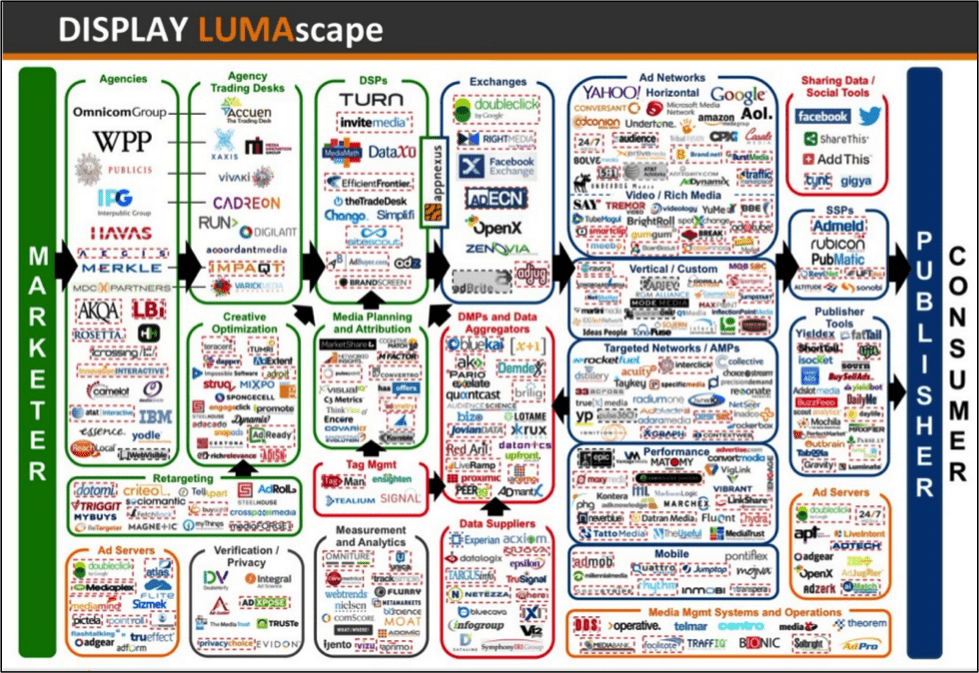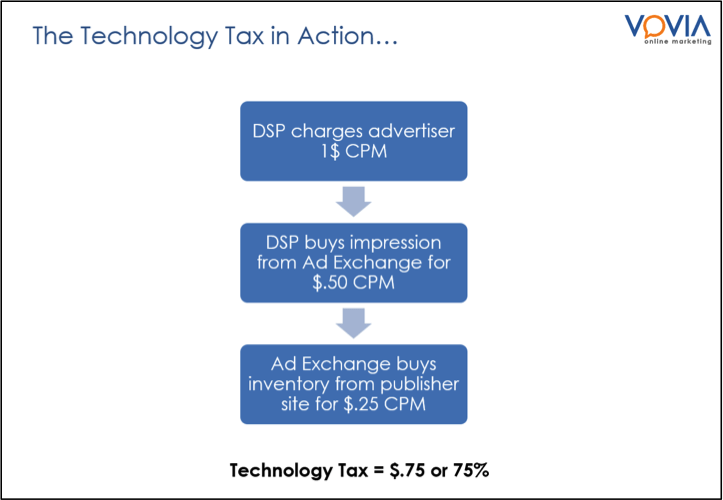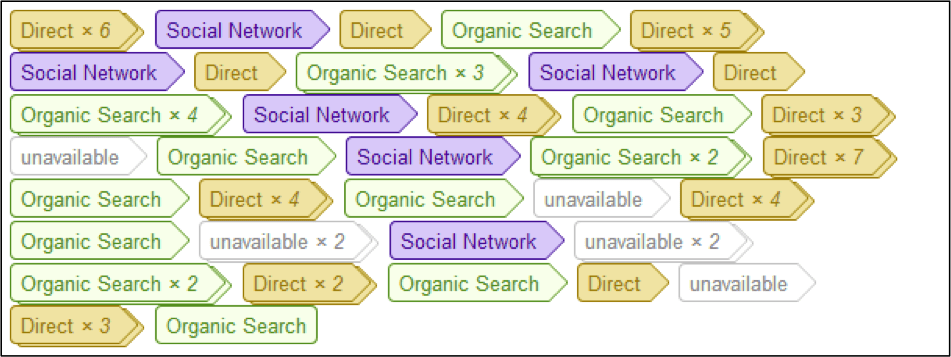X-Factors From the X-Series: Programmatic Display
 3 Take-Aways From the X-Series
3 Take-Aways From the X-Series
In June, I ventured east to Toronto to attend the X-Series Programmatic Conference—one of the premier events for programmatic display in Canada. As a little refresher, programmatic display basically involves the practice of bidding dynamically for display placements across a wide-variety of websites/networks based on your business goals.
There were a bunch of great insights shared and discussed, but I thought I’d highlight my top 3:
Take-Away #1: Programmatic Display is still in its nascent phase
Programmatic Display can still be considered a ‘young buck’ on the digital marketing block. One major indicator of this is that the industry is still largely fragmented in terms of Demand-Side Platforms (DSPs), Data Management Platforms (DMPs), Ad Exchanges, Ad Servers, Ad Networks, and hybrids of everything in-between. The best visualization of this is the Display LumaScape, shown below:

As you can see, the graph is very chaotic and complex—much like the current situation in the industry. Believe it or not, this is the way that Search Engine Marketing (SEM), otherwise known as Pay-Per-Click (PPC), industry used to look, but it has since matured.
What does this mean for you? An important implication of this industry fragmentation is that you will likely end up paying a ‘Technology Tax’. What does this mean? I created a diagram below to help explain, basically, there is a mark-up to be paid for each technology that is used in the process of serving, buying, and optimizing programmatic display.

How can you protect yourself against the Technology Tax Man? The best way to do this is to ensure that you are measuring and optimizing against solid KPI that align with overall business goals. If you do this, you will be able to properly assess the success of the campaign post-tax by looking at profitability, CPM, or whatever other benchmark metric might make sense for your business.
Take-Away #2: Demand Viewable Impressions from publishers
Many agencies and in-house marketers out there gleefully report on ‘impressions served’ as a demonstrable example that your brand is getting noticed. Sadly, this is very often not the case. The reason for this is that an impression served is very often not viewed by a user at all! Knowing this, the Internet Advertising Board (IAB) has stepped in and made an industry shift towards ‘viewable impressions’ a priority.
What makes an impression ‘viewable’? According to the IAB, an ad impression is viewable when: “50 percent of pixels must be in the viewable portion of an internet browser for a minimum of one continuous second”.
What does this mean for you? Marketers should demand viewable impression data from the publishers (or DSPs and Ad Exchanges) that they deal with. Paying for a non-viewed impression is like paying for a non-eaten meal—there is no brand value (…or caloric value, to round out the analogy). If the publisher cannot guarantee viewable impressions, ask what percentage of impressions shown are viewable and discount your CPM accordingly.
Take-Away #3: The Conversion Funnel is broken
There is a natural desire for humans to instill order in the things we observe. This has worked out pretty well in most fields of scientific endeavour, but it has resulted in a myopic view from most digital marketers having to do with how customers gather information and convert. The traditional view is that a customer becomes aware of your brand, then they consider your offering and, finally, they purchase (this could mean any conversion – from lead generation to E-Commerce). If the marketer is really trying to impress their boss, then you try to get the person to advocate for the brand. This model (which you have likely seen a million times before) is shown below:

Digital cross-channel analysis is now undermining the rationality of the traditional conversion funnel. Users move in more of a chaotic fashion across different channels, with different goals (awareness, consideration, purchase) much more than they pursue the linear path of awareness, then consideration, then purchase. The example cross-channel path report from Google Analytics serves to highlight this fact:

What does this mean for you? Basically, marketers need to work harder to truly understand how their digital marketing channels work together to generate results for their business. Being able to answer questions such as ‘how does my social media investment impact my SEM campaign?’ is going to separate the great marketers from the rest. Curious as to how your customers are engaging with your digital media? Look into your cross-channel report in Google Analytics, it might be an eye-opener for you.
Are you curious on how you can minimize the impact of the Technology Tax Man? Interested in finding out how many of your advertising dollars are going towards advertising to literally no one? Want help to navigate the murky waters of cross-channel attribution?
Vovia to the rescue! We’ve helped plenty of companies deal with these complex marketing issues…and helped plenty of savvy digital marketers look great in front of their bosses. Feel free to drop us a note to find out how.